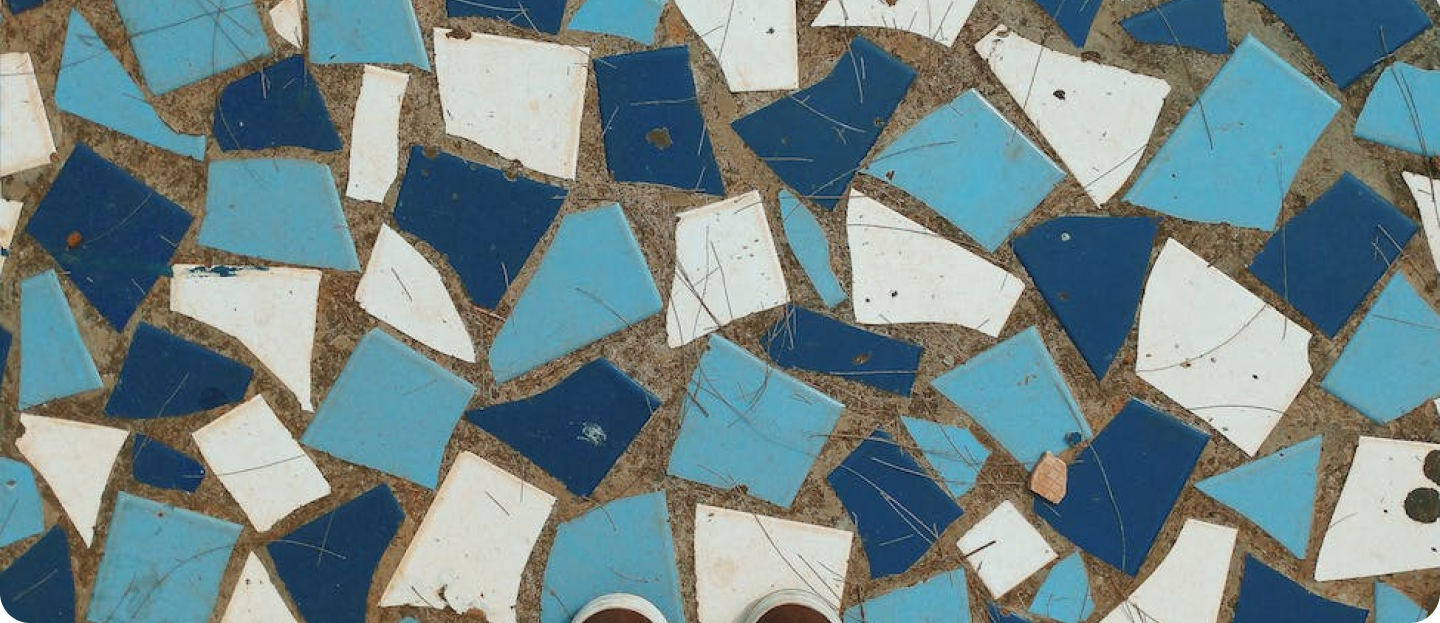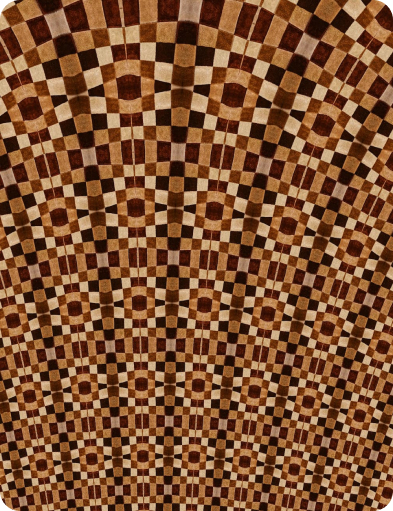The frequency of availing of our professional mosaic floor polishing service can vary depending on the type of mosaic, the materials used, the level of wear and tear, and the desired appearance. Generally, mosaic polishing is performed periodically to maintain its shine, cleanliness, and overall condition.
Usage and Traffic: Mosaic surfaces that experience heavy usage or high foot traffic may require more frequent polishing to keep them looking their best. Areas like floors or countertops that are exposed to regular use and potential abrasion may benefit from more frequent polishing compared to mosaics in decorative or less-utilized areas. . In such cases, polishing may be necessary every 6 to 12 months to maintain their appearance.
Material and Finish: Different materials used in mosaics have varying levels of durability and susceptibility to wear. For example, glass mosaics may require less frequent polishing than softer materials like marble or limestone. Additionally, the desired finish of the mosaic can influence the frequency of polishing. If a high-gloss or reflective finish is desired, more regular polishing may be necessary.


